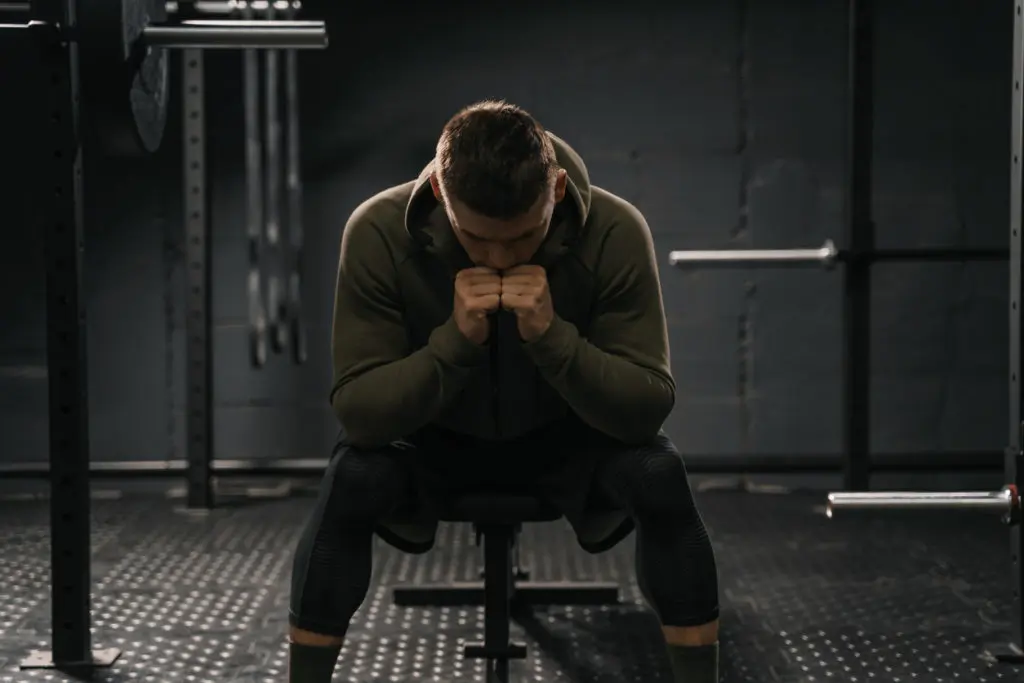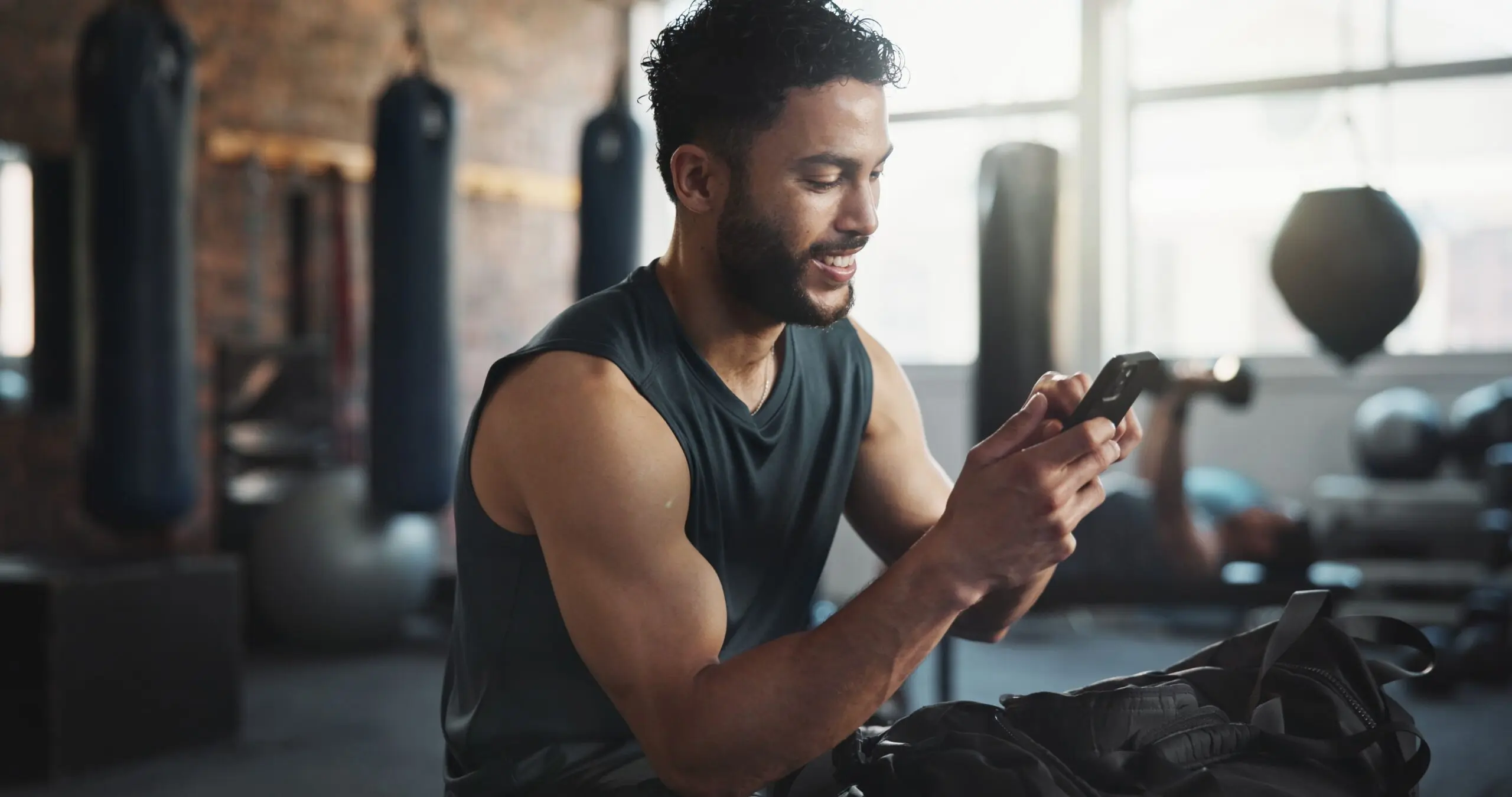In the world of fitness and exercise, the emphasis on workouts, intensity, and pushing physical limits is widespread. However, an often underestimated and crucial aspect of any fitness journey is recovery. In this comprehensive guide, we will delve into the science behind recovery, explore its significance, and provide a plethora of strategies for effective rest and restoration. Whether you are an avid athlete, a fitness enthusiast, or just starting your journey, understanding and implementing these recovery strategies can be the key to unlocking your body’s full potential.
1: The Science of Recovery
1.1 Understanding the Body’s Adaptation Process
Before we explore recovery strategies, it’s essential to understand how the body responds to physical stress. We’ll discuss the concept of the General Adaptation Syndrome (GAS), which outlines the body’s three-stage response to stress: alarm, resistance, and exhaustion. Effective recovery plays a pivotal role in transitioning from resistance to recovery, preventing burnout and optimizing performance.
1.2 The Importance of Hormonal Balance
Dive into the role of hormones, such as cortisol and testosterone, in the recovery process. We’ll explore how chronic stress and inadequate recovery can disrupt hormonal balance, leading to issues like fatigue, muscle loss, and decreased immunity.
1.3 The Physiological Changes During Recovery
Understand the physiological changes that occur during recovery, including muscle repair and growth, glycogen replenishment, and central nervous system restoration. Appreciating these processes is crucial for tailoring recovery strategies to specific fitness goals and activities.
2: Strategies for Effective Recovery
2.1 Prioritizing Sleep for Optimal Recovery
Explore the critical role of sleep in the recovery process. We’ll delve into the different sleep cycles, the importance of each stage, and how to optimize your sleep environment for enhanced recovery.
2.2 Nutrition as a Key Recovery Tool
Understand the impact of nutrition on recovery, including the role of macronutrients and micronutrients. We’ll discuss post-workout nutrition, hydration, and the significance of timing in fueling and refueling the body.
2.3 Active vs. Passive Recovery
Distinguish between active and passive recovery strategies and how to integrate them into your routine. Active recovery involves low-intensity exercises to promote blood flow, while passive recovery emphasizes rest and relaxation.
2.4 The Art of Hydration
Delve into the importance of proper hydration for recovery. We’ll explore how dehydration can impair performance, hinder recovery, and discuss optimal hydration strategies based on individual needs and activity levels.
2.5 Stress Management Techniques
Recognize the impact of stress on recovery and explore stress management techniques such as meditation, deep breathing, and yoga. These practices not only enhance physical recovery but also contribute to mental well-being.
2.6 Incorporating Mobility and Flexibility Work
Understand how incorporating mobility and flexibility work into your routine can aid recovery. We’ll explore dynamic stretching, foam rolling, and other techniques to improve range of motion and alleviate muscle tension.
2.7 Cold and Heat Therapy
Explore the benefits of cold and heat therapy for recovery. We’ll discuss the science behind ice baths, contrast showers, saunas, and how these methods can enhance circulation, reduce inflammation, and alleviate muscle soreness.
2.8 Massage and Bodywork
Highlight the role of massage and other bodywork techniques in promoting recovery. We’ll explore the benefits of various massage modalities, including sports massage, deep tissue massage, and self-massage with tools like foam rollers and massage balls.
2.9 Compression Garments
Examine the use of compression garments for recovery. We’ll discuss how compression socks, sleeves, and garments can aid in improving circulation, reducing muscle soreness, and enhancing recovery after intense physical activity.
3: Tailoring Recovery Strategies to Specific Goals
3.1 Recovery for Endurance Athletes
Explore specific recovery strategies tailored to the needs of endurance athletes. We’ll discuss the unique challenges faced by runners, cyclists, and swimmers, and provide recommendations for optimizing recovery in these contexts.
3.2 Recovery for Strength Training
Delve into recovery strategies specifically beneficial for individuals engaged in strength training. We’ll discuss the importance of rest days, muscle group rotation, and how to prevent overtraining in the pursuit of strength gains.
3.3 Recovery for High-Intensity Interval Training (HIIT)
Examine recovery strategies for those involved in High-Intensity Interval Training (HIIT). We’ll discuss the balance between intensity and recovery, the importance of adequate nutrition, and how to avoid burnout in HIIT programs.
3.4 Recovery for Flexibility and Mobility
Explore recovery strategies for individuals focusing on flexibility and mobility. We’ll discuss the role of consistent stretching, yoga, and mobility exercises in promoting flexibility and preventing injuries.
4: The Role of Consistency in Effective Recovery
4.1 Building Habits for Sustainable Recovery
Highlight the importance of consistency in implementing recovery strategies. We’ll discuss how building habits and incorporating these practices into your routine can lead to sustainable, long-term benefits.
4.2 Monitoring and Adjusting Recovery Strategies
Understand the significance of monitoring your body’s response to recovery strategies. We’ll discuss signs of overtraining, the importance of regular assessments, and how to adjust your recovery plan based on individual needs and goals.
You can use Fitsse app to monitor your recovery.
Conclusion
In conclusion, the role of recovery in a comprehensive fitness plan cannot be overstated. From understanding the physiological processes during recovery to implementing a diverse array of strategies tailored to individual goals, effective rest and restoration are essential for achieving peak performance, preventing injuries, and ensuring long-term fitness success. Whether you are a professional athlete or someone starting their fitness journey, integrating these recovery strategies will not only optimize your physical well-being but also contribute to a holistic and sustainable approach to health. So, prioritize your recovery, listen to your body, and unlock the full potential of your fitness journey.
2.10 Technology and Recovery
Explore the latest advancements in technology that aid recovery, such as wearable devices that track sleep quality, heart rate variability, and recovery metrics. These tools can provide valuable insights into your recovery process and help tailor strategies to your specific needs.
3.5 Recovery for Mental Well-being
Discuss the importance of mental recovery alongside physical recovery. Techniques such as mindfulness, journaling, and digital detoxes can help reduce mental fatigue and improve overall well-being.
4.3 The Impact of Genetics on Recovery
Investigate how genetic factors can influence recovery rates and effectiveness. Understanding your genetic predispositions can help in customizing recovery strategies for better outcomes.















One Comment